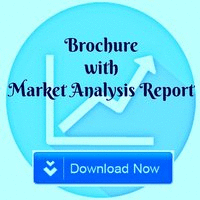
Jolanda Spadavecchia
Université Paris 13, France
Title: The golden doxorubicin: A tunable design of gold (III)-Doxorubicin complex – PEGylated nanocarrier for oncological
Biography
Biography: Jolanda Spadavecchia
Abstract
In this study, we report the synthesis, physico-chemical characterization and results of the biological behavior of doxorubicin-complex –gold COOH-terminated PEG-coated NPs (DOXO IN-PEG-AuNPs) before and after conjugation with antibody (anti-Kv11.1-pAb) to evaluate the influence of the nanocarrier and of the active targeting functionality on the anti-tumour efficacy of doxorubicin, with respect to its half-maximal effective concentration (EC50) and to drug-triggered changes in the cell cycle [1]. The anti-Kv11.1-pAb recognized specifically the Kv11.1 subunit of the hERG1 channel aberrantly expressed on the membrane of pancreatic cancer cells. The synthetic approach consist in four steps (Figure 1): (1) Complexation between doxorubicin ( DOXO) and tetrachouric acid ( HAuCl4 ) to form gold clusters; (2) adsorption of COOH-terminated PEG molecules (PEG) onto DOXO-Au complex; (3) reduction of metal ions in that vicinity, growth of gold particles and colloidal stabilization.(4) Bioconjugation of anti-Kv11.1-pAb. Raman spectroscopy were performed for the vibrational characterization of each step of the synthesis of doxorubicin-nanocarrier, distinguishing them from the free drug, protonated or not on the phenolic part of its chromophore. The calculated characterization DOXO IN-PEG-AuNPs vibrational bands show qualitative agreement with the experimental observations. Although preliminary, data gathered from this study have a considerable potential in the application of gold complexes with high stability, for the treatment of PDAC, a disease with a dismal prognosis and one of the main current burdens of today healthcare bill of industrialized countries. Further studies are still envisaged, focused on assessing the in vivo assessment toxicity, pharmacokinetics and dynamics on relevant.

